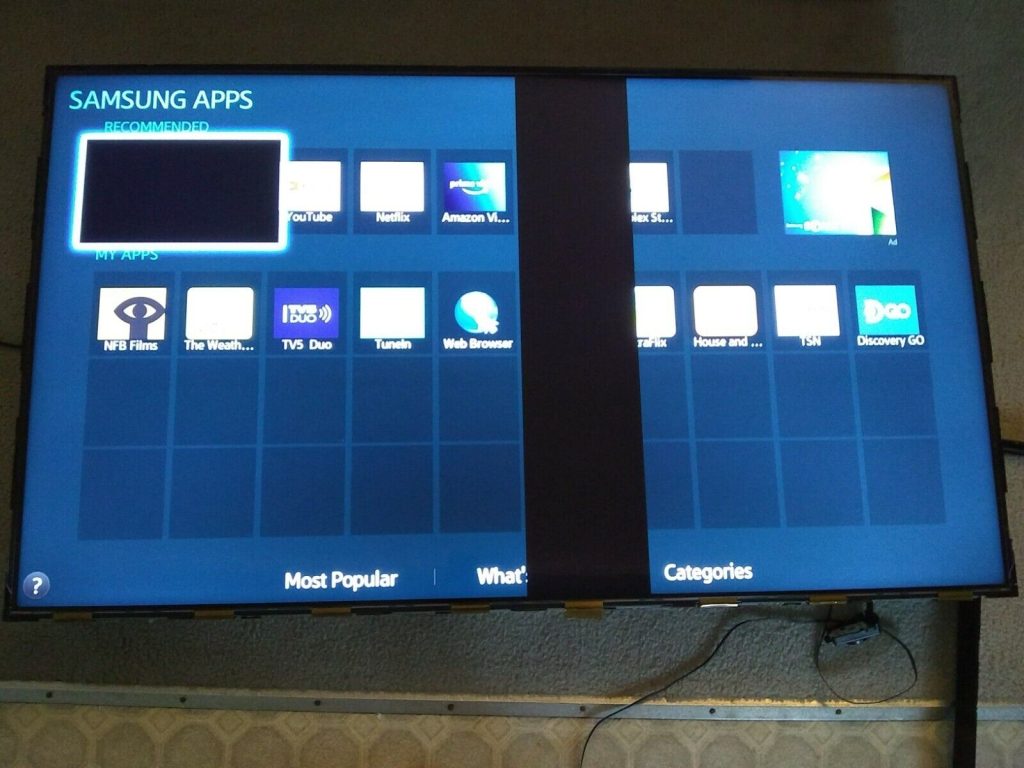My parents house built in the 70s has aluminum wiring and lights and outlets had been updated previously without consideration for the compatibility of fixtures with aluminum. Though aluminum wiring can still be used, there is increased fire risk due to contact with dissimilar metals. In preparation for an electrical inspection required by the home insurance company, I updated previously changed outlets and switches.
My initial updating involved adding copper pigtails to Decora styles (non-aluminum compatible) switches and outlest using Alumiconn terminals. These are pretty expensive at around $5 a connector and required three per outlet (hot, neutral, and ground). The box will get a little crowded adding these and they also needed to be screwed fairly tightly. The connectors have anti-oxidation gel inside the connectors.
After pigtailing most of the outlets, I found out that they still manufacture aluminum compatible switches and outlets available at both Home Depot and Lowes. Though they cost 3x more than a standard copper outlet, it is still less expensive than 3 alumiconn connectors and less work to replace.
Previously, #63 marette connectors with anti-ox (oxgard) was used for aluminum to copper connections and both are still available. Ideal Aluminum to Copper connectors (purple cap) are also available at Home Depot Canada and come prefilled with anti-ox inside the cap.
I had found a burnt terminal on a non-aluminum compatible outlet installed to aluminum wiring used by a toaster oven in the kitchen plus a burnt aluminum to copper splice (incorrect wire cap and no ox-gard).
In hindsight, I would have done the following to minimize both cost and effort.
- Replace all non-aluminum compatible switches and outlets with aluminum compatible.
- For lighting fixtures, use pigtails with #63 marettes and ox-guard or Ideal Al/Cu wirecaps
- For splices, use Alumiconn connectors or Ideal Al/Cu wirecaps

